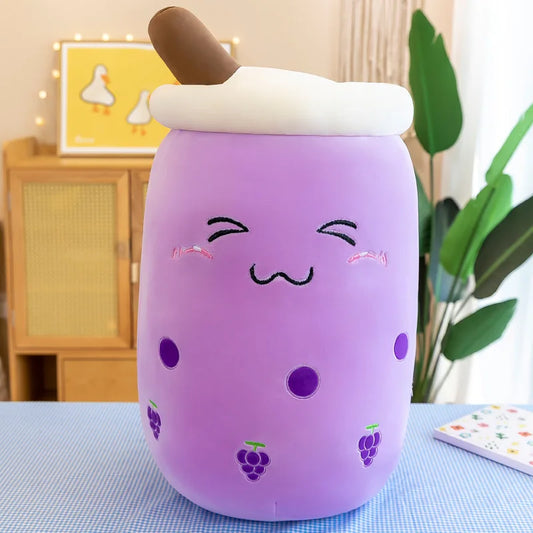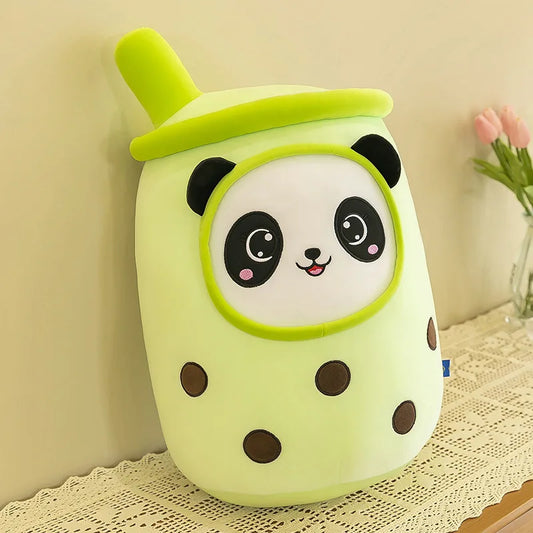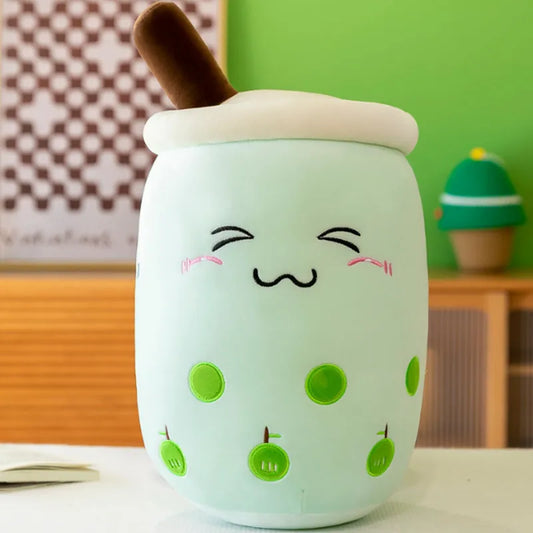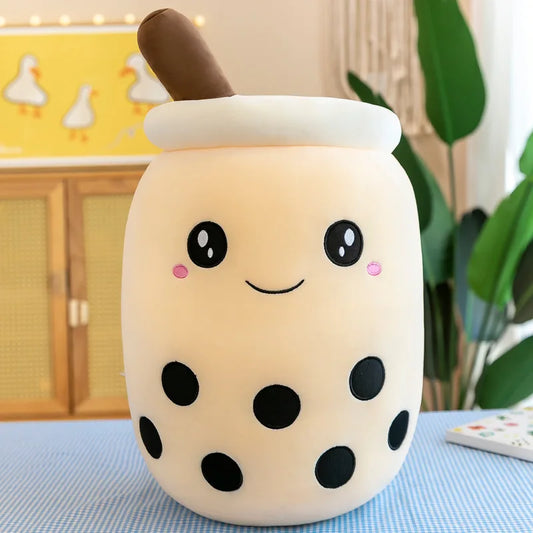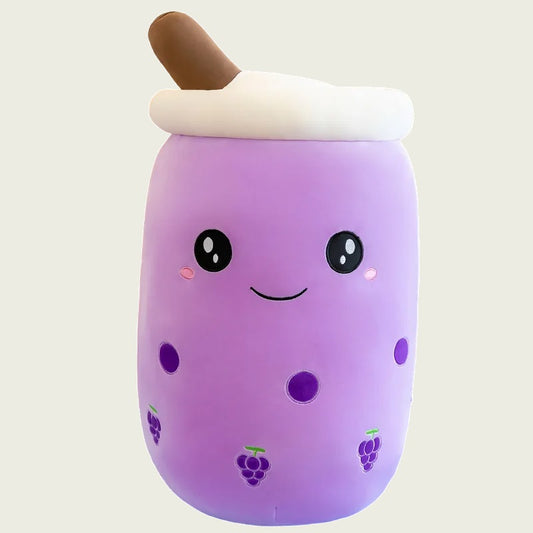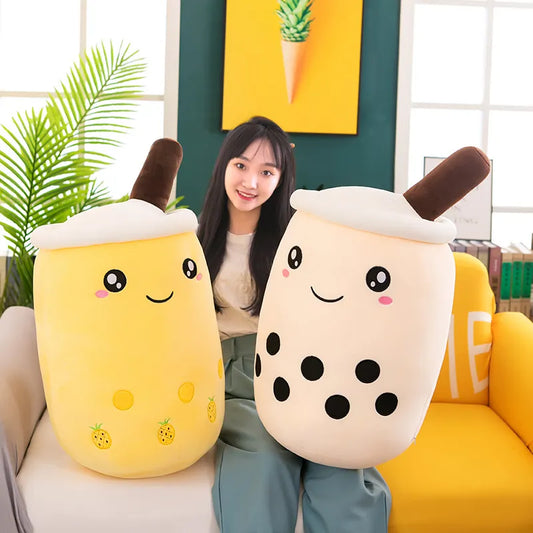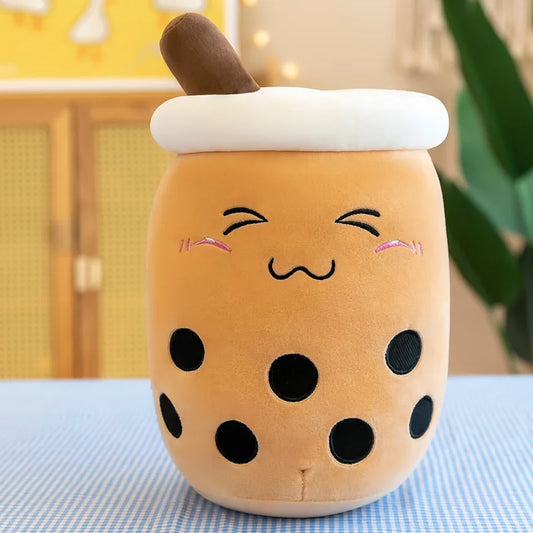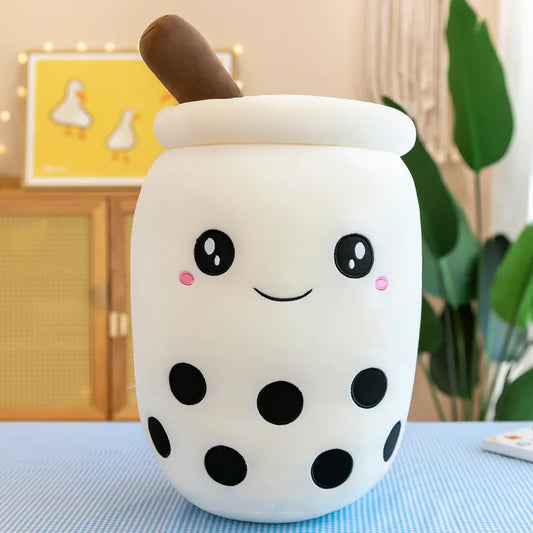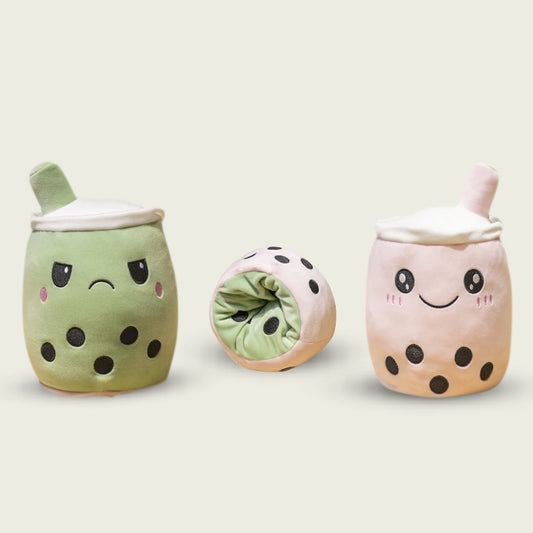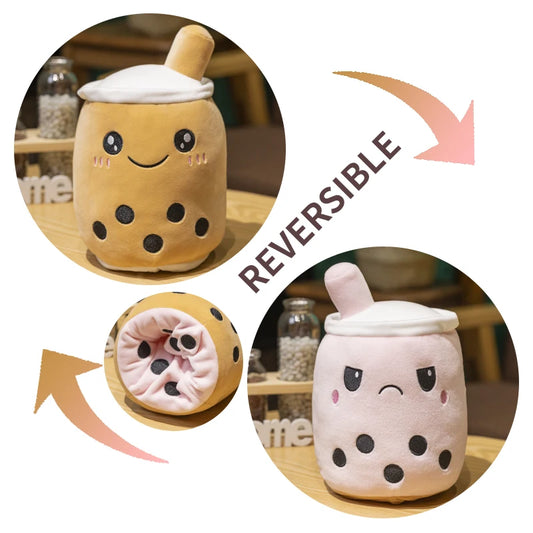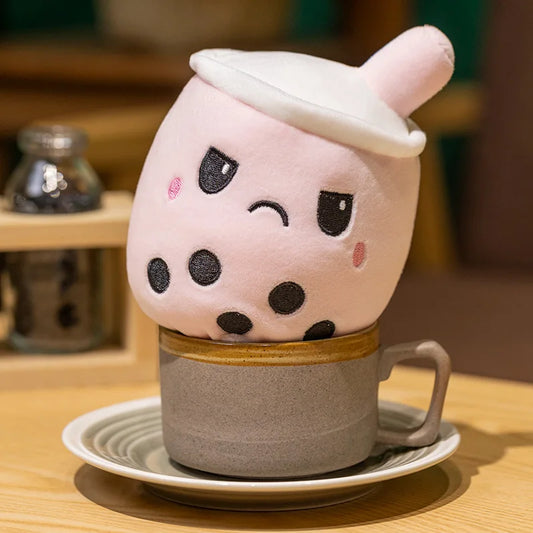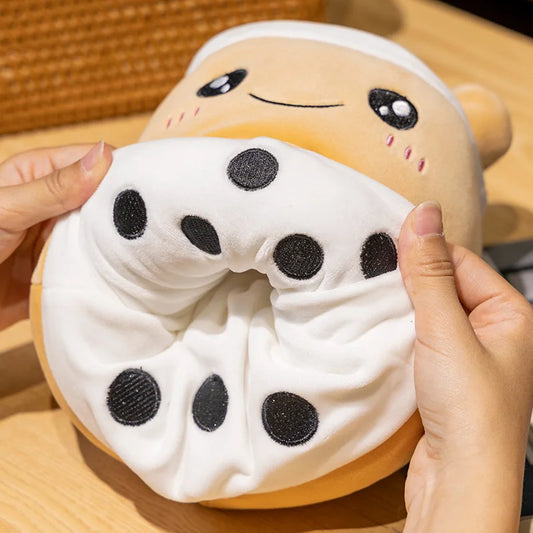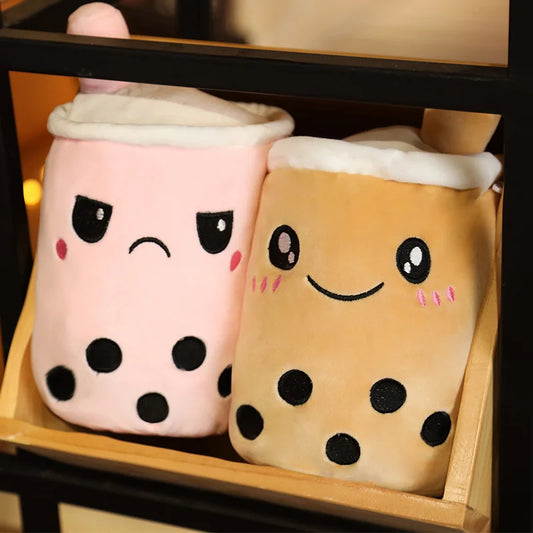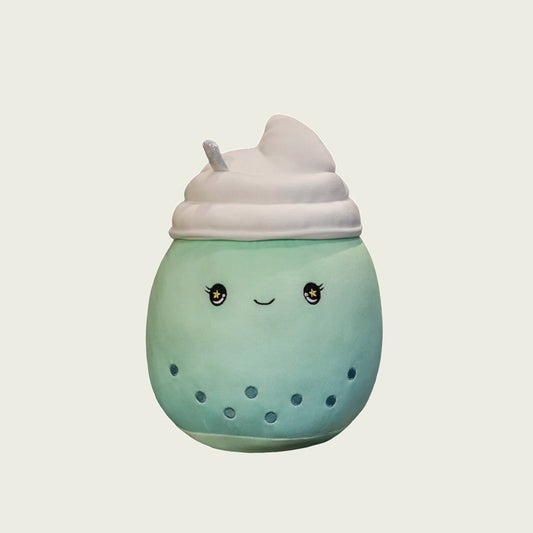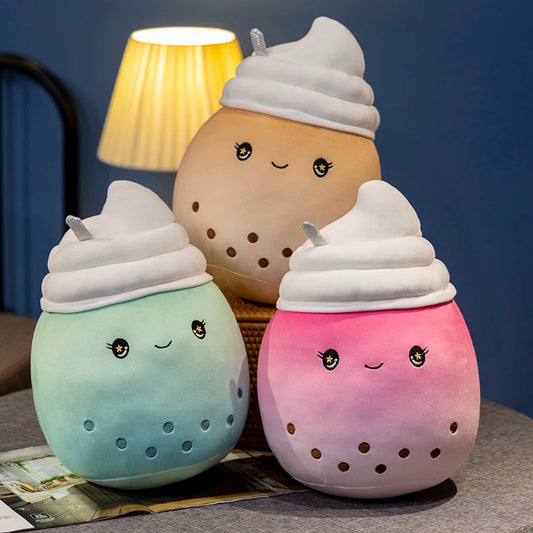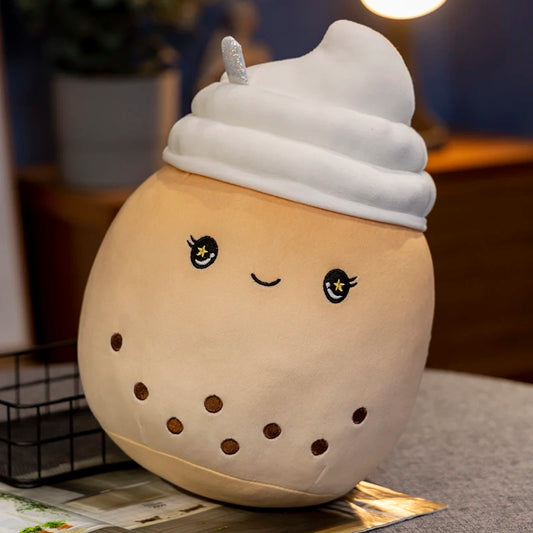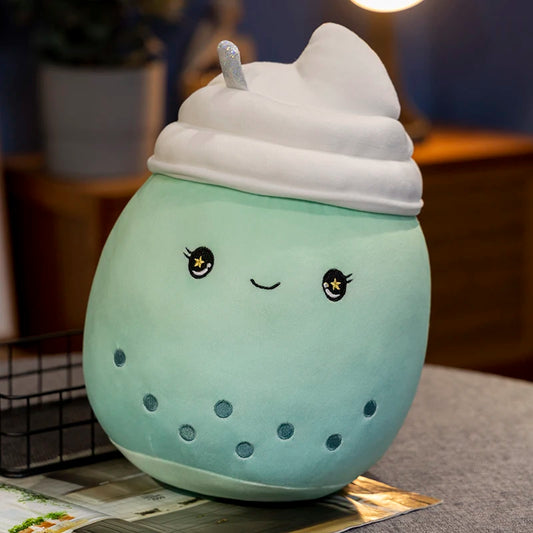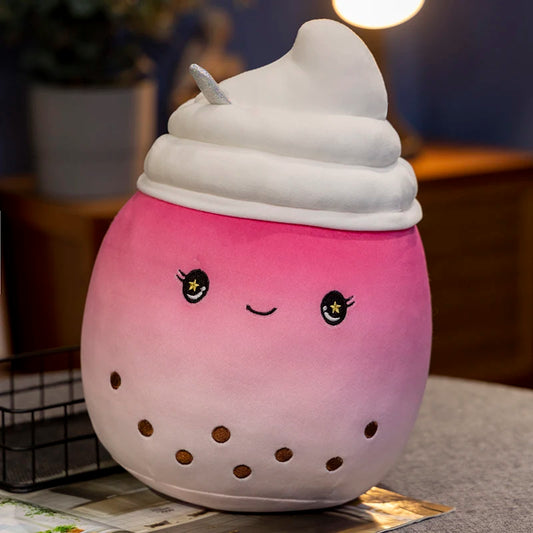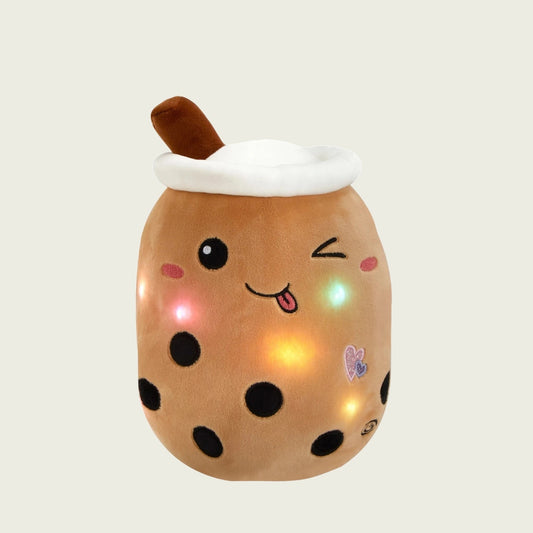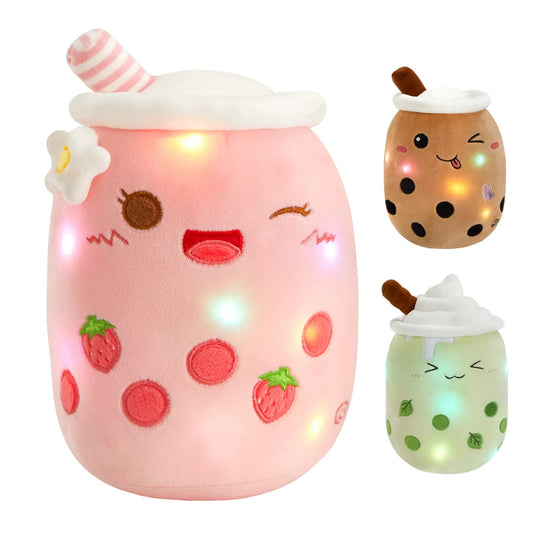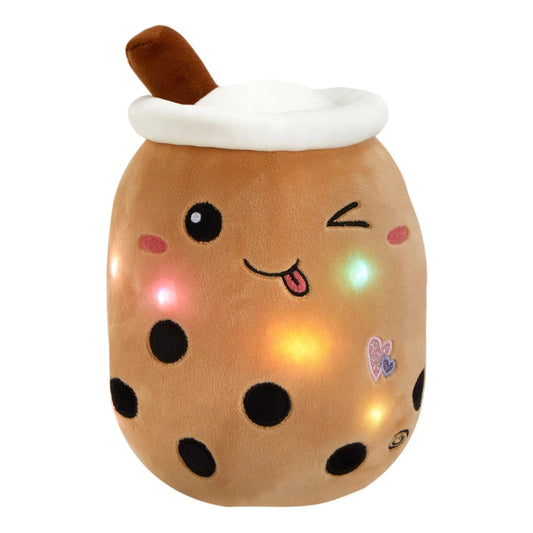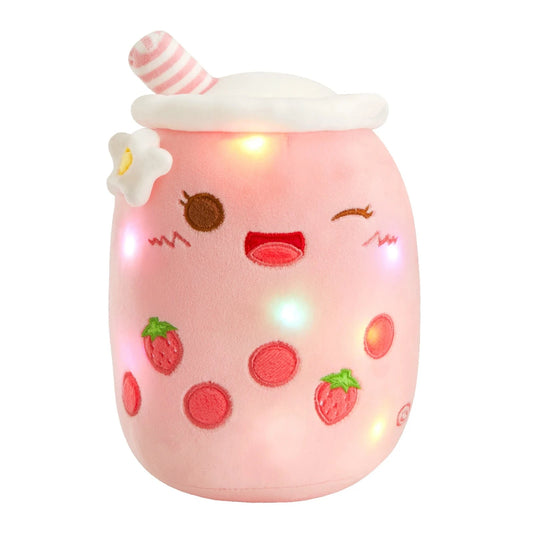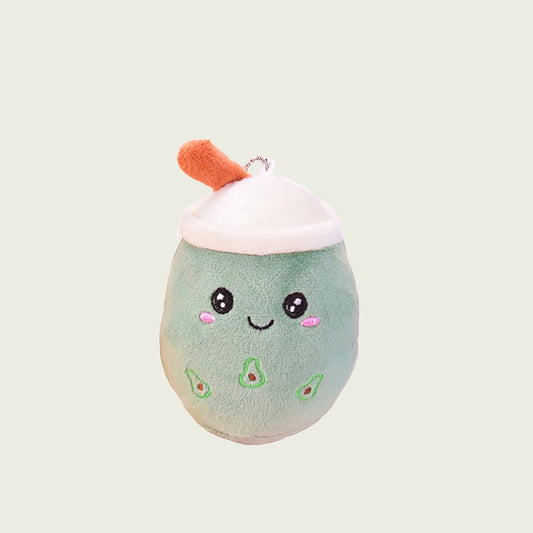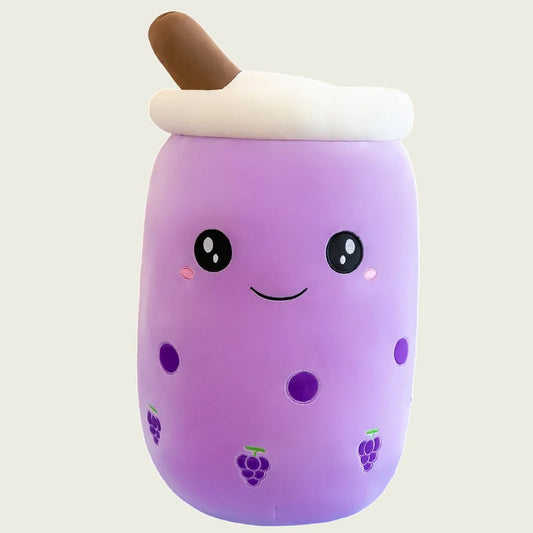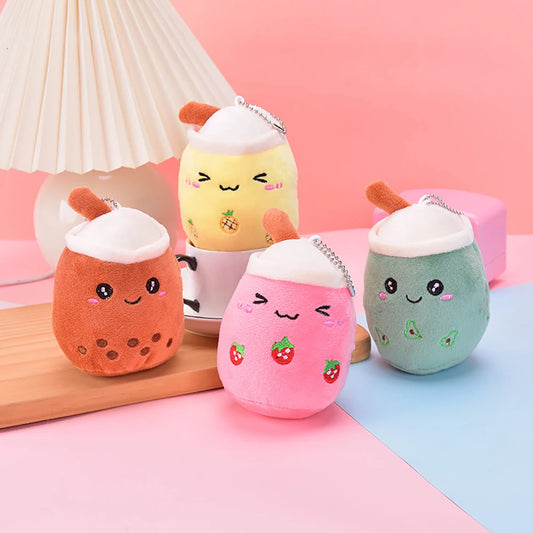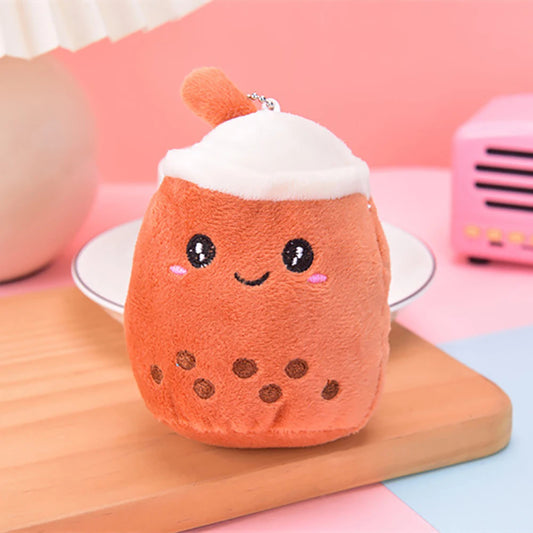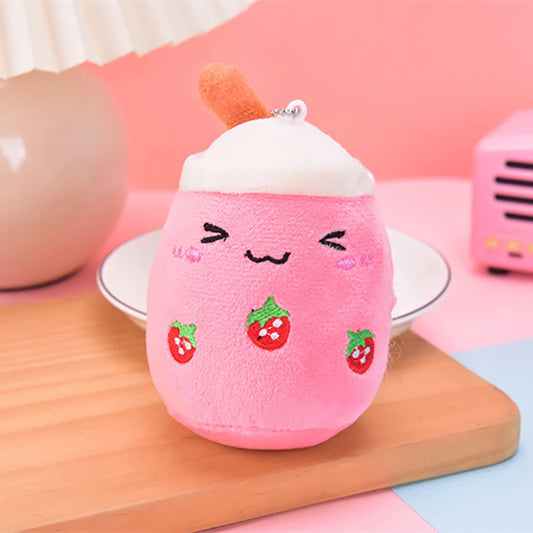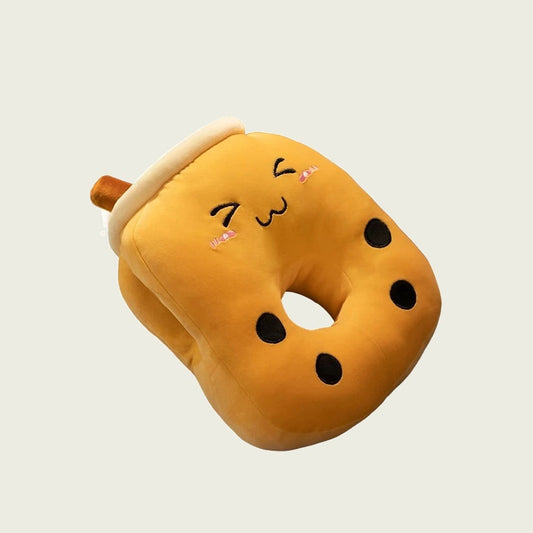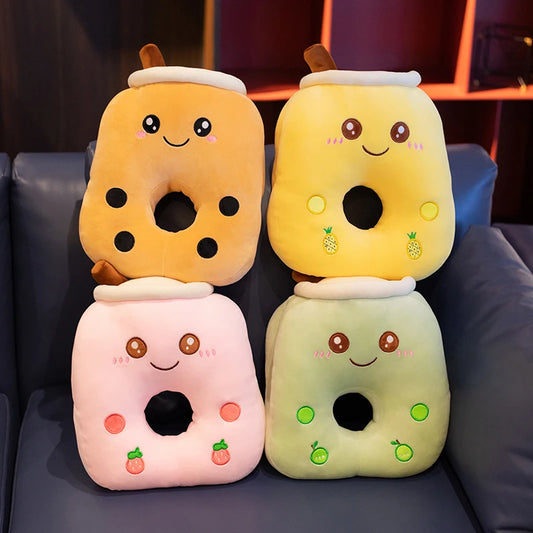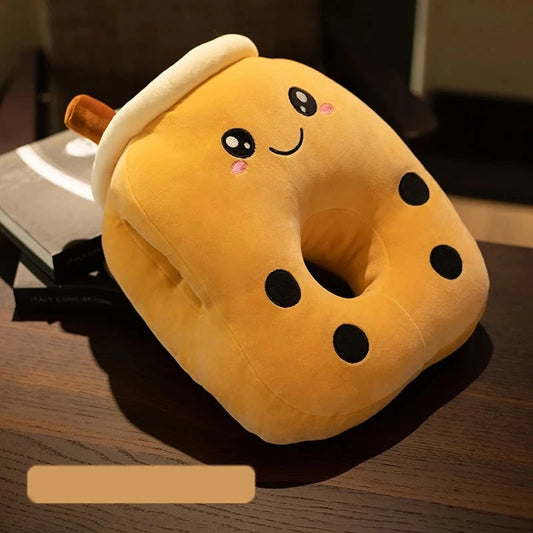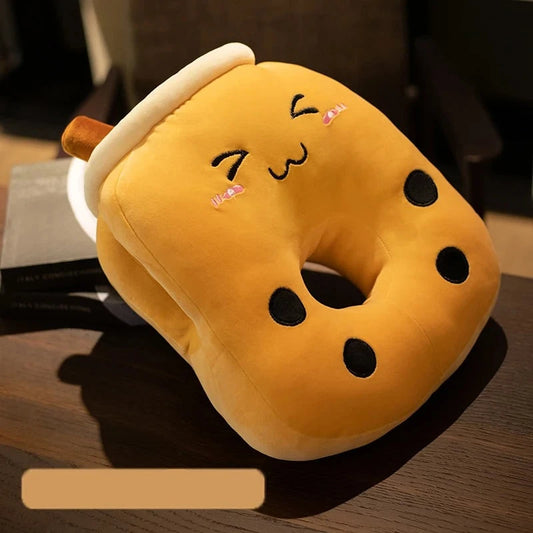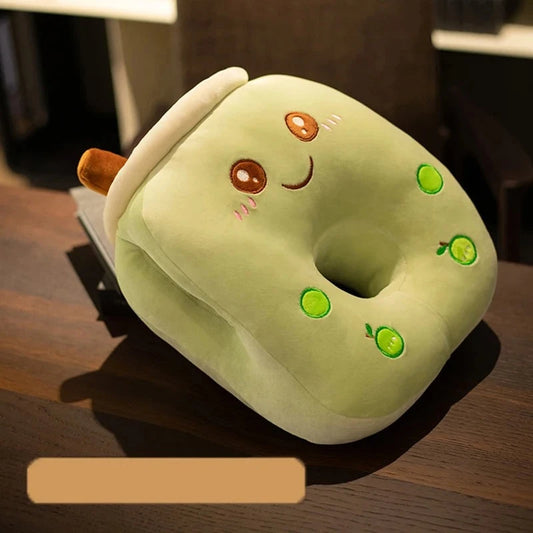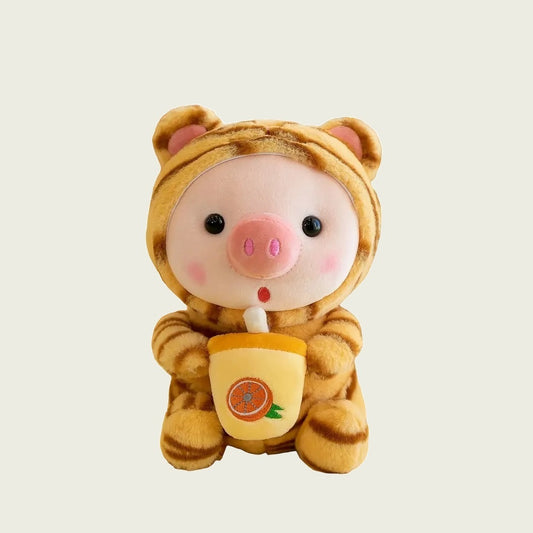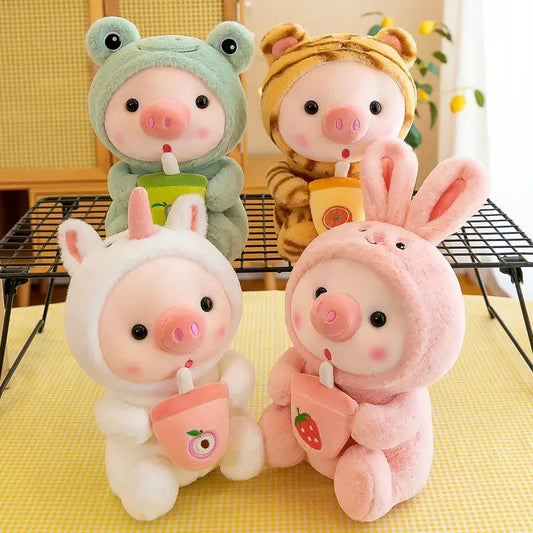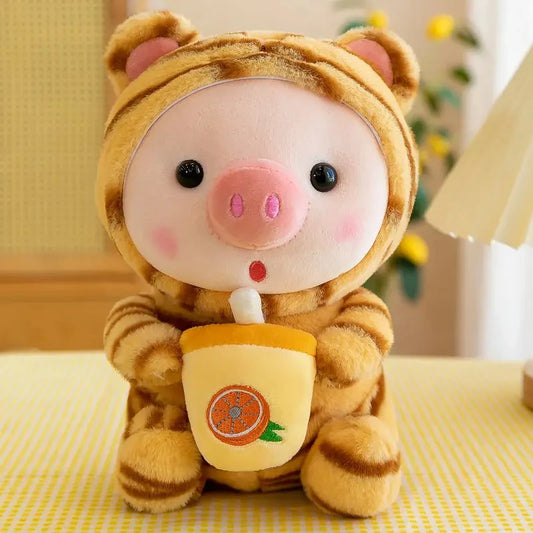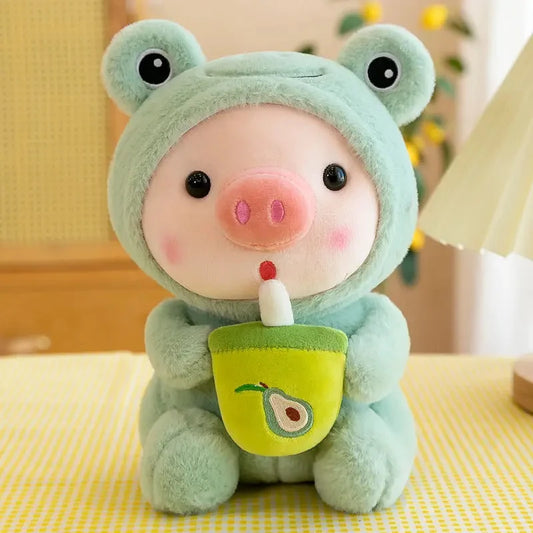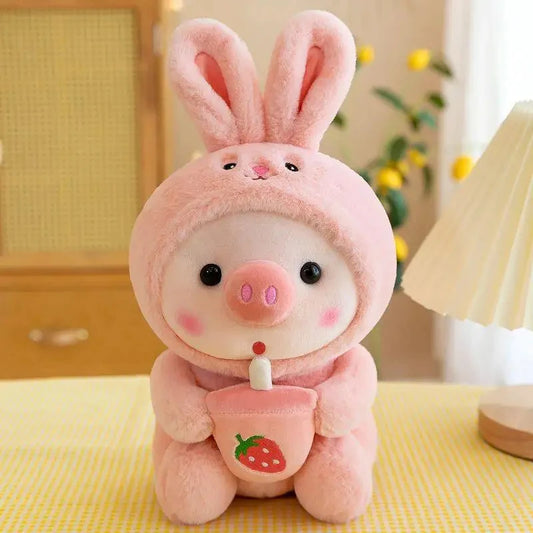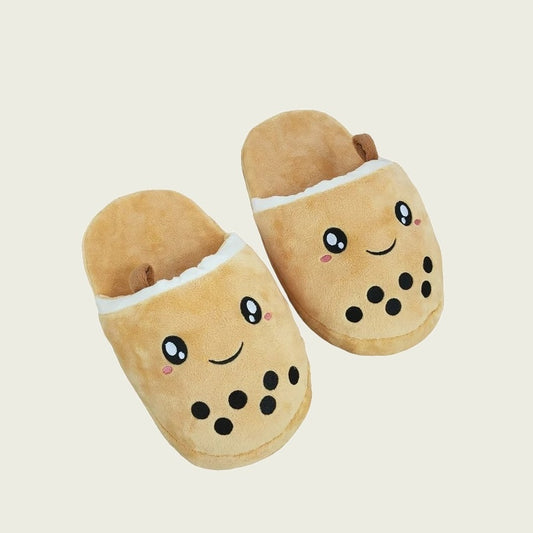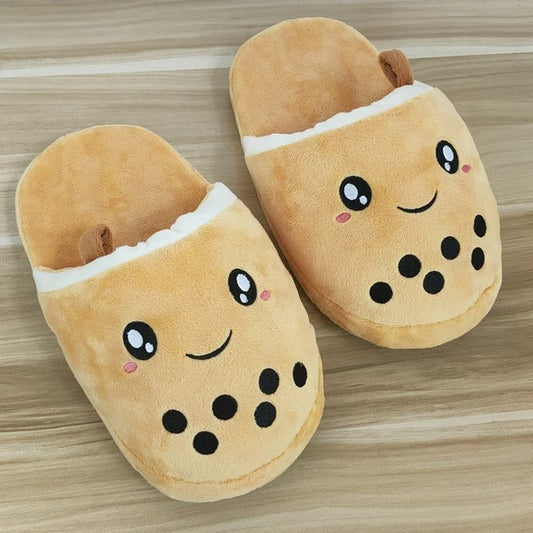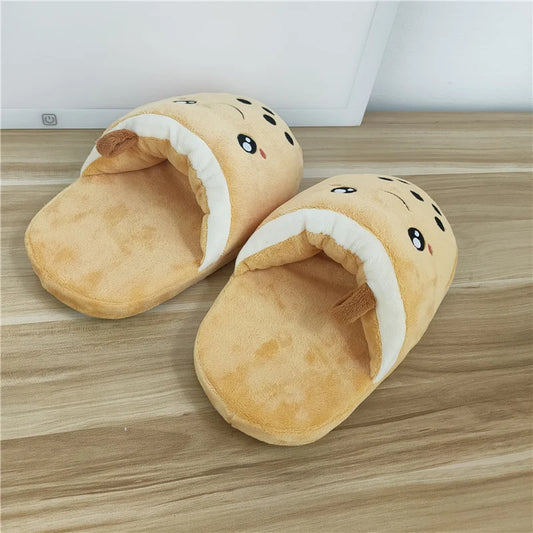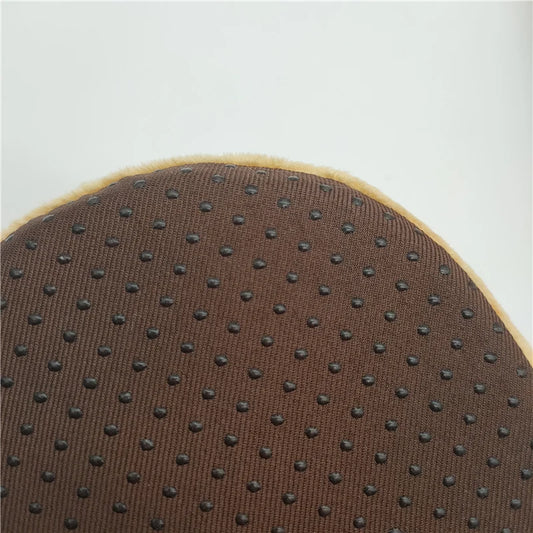Collection: Bubble Tea Bliss
- Collections
- Space Plushies
- Plush Bakery
- Pumpkin Patch
- Axolotl Lake
- Chubby Bear Pendants
- Fruits & Veggies
- Puppy Paradise
- Foliage Fluffies
- Lazy Daisies
- Tagalong Squishies
- Toasty Paws
- Sweet Pillows
- Number Nuzzlers
- Storytime Sidekicks
- Alphabet Amigos
- Bear Bellies
- Bubble Tea Bliss
- Macaron Mushies
- Jungle Safari
- Jurassic Park
- Crocheted Cuties
- Doughnut Plant
- Chubby Tubbies
- Emotional Monsters
- Zombie Garden
- Marine Life
- Plushie Packs
- Snack Squad
- Tiny Tots
- Plush Slippers
- Series
- Space Plushies
- Plush Bakery
- Pumpkin Patch
- Axolotl Lake
- Chubby Bear Pendants
- Fruits & Veggies
- Puppy Paradise
- Foliage Fluffies
- Lazy Daisies
- Tagalong Squishies
- Toasty Paws
- Sweet Pillows
- Number Nuzzlers
- Storytime Sidekicks
- Alphabet Amigos
- Bear Bellies
- Bubble Tea Bliss
- Macaron Mushies
- Jungle Safari
- Jurassic Park
- Crocheted Cuties
- Doughnut Plant
- Chubby Tubbies
- Emotional Monsters
- Zombie Garden
- Marine Life
- Plushie Packs
- Snack Squad
- Tiny Tots
- Plush Slippers
-
Regular price $17.99Regular priceUnit price / per
-
Regular price $79.99Regular priceUnit price / per
-
Regular price $13.99Regular priceUnit price / per
-
Regular price $13.99Regular priceUnit price / per
-
Regular price $17.99Regular priceUnit price / per
-
Regular price $9.99Regular priceUnit price / per
-
Regular price $29.99Regular priceUnit price / per
-
Regular price $12.99Regular priceUnit price / per
-
Regular price $24.99Regular priceUnit price / per
About Bubble Tea Bliss Plushies
The Bubble Tea Bliss Plush series is perfect for when you want something sweet and delicious, without the sugar rush and extra calories. They allow you to indulge your sweet tooth and have some delectable fun, while lying in bed or lounging on the couch.
The best part about boba tea bliss plushies is that there are so many options to choose from, just like in your local Taiwanese bubble tea shop.
All of the most popular bubble tea flavor plushies are here including:
- Brown Sugar Bubble Milk Tea
- Coconut Boba Milk Tea
- Pearl Boba Milk Tea
- Match Bubble Milk Tea
- Strawberry Boba Milk Tea
- Pineapple Boba Milk Tea
- Grape Bubble Milk Tea
- Avocado Bubble Milk Tea
- Thai Milk Tea with Boba
- Taro Bubble Milk Tea
- Apple Boba Tea
- Vanilla Milk Tea with Boba
- Berry Fruit Tea with Boba
- Bubble Milk Tea with Ice Cream
Boba Tea Origins and History
The origins of Boba Tea can be traced back to Taiwan in the early 1980s when the delectable dessert drink first made its appearance as a modern day treat.
The identity of Boba Tea is found in its boba, also known as tapioca pearls or bubbles, which is the difference between Boba Tea and a traditional milk tea or fruit tea that's been around for centuries in Asia.
1980s Founding Teashops
Legend has it that two tea shops can be credited with creating the widely popular modern day boba tea: Chun Shui Tang teahouse in Taichung and Hanlin Tea Room in Tainan.
Chun Shui Tang teahouse's founder, Liu Han-Chieh, visited Japan where they served cold tea, which sparked his idea to serve cold tea in Taiwan when he returned from his trip. Continuing with his innovative twist on traditional hot tea, his teahouse later added chewy tapioca balls to the cold tea to jazz it up even more, which eventually spurred the boba tea movement.
Hanlin Tea Room's founder, Tu Tsong-He, visited a market in Taiwan where he saw white tapioca balls and wanted to add a twist to his tea offerings, thereby creating his first version of bubble tea. They later experimented with black tapioca balls, which is the current standard tapioca ball color.
1990s Spread Across Asia
By the 1990s, boba tea had gained traction across East Asia including Hong Kong, China, Vietnam, Thailand, and other parts of East and Southeast Asia. The creamy sweet tea, selection of flavors and customizations, and the fun texture of the balls, made this drink very popular.
2000s Western Craze
Boba tea's popularity in the United States really started to grow in the early 2000s having been introduced to the western market in the late 1990s from Asia.
The interactive drink was brought over and introduced by mainly Taiwanese immigrant communities on the west coast like in California.
As the trend started to catch on, boba tea shops started popping up in other large Asian-population cities like New York City and on the East Coast.
Current Day Global Phenomenon
Boba tea has become a global phenomenon and you can find a bubble tea shop anywhere in the United States, and in many places around the world that have a lot of Asian integration and influence like South America, Europe, and Australia.
Boba vs. Bubble
Boba and bubble are two ways to describe the popular milk pearl tea drink.
Boba refers specifically to the large chewy tapioca pearls that are added to the tea. Over time, boba started to be used to describe the drink as a whole instead of just the tapioca pearls, so essentially many people can order a milk tea with jelly or pudding and call it getting a "boba" even though there are technically no tapioca pearls in it.
Bubble on the other hand gained its name popularity as a reference to the frothy texture and appearance that results when the milk tea is shaken up to mix the contents. The bubbles or foam on the top of the drink led to the name "bubble tea".
Boba and bubble are both perfectly fine ways of describing the milk tea drink and will be understood when you want to order it at any teashop. They are interchangeable.
Boba is also a term that was derived from a Taiwanese slang term for the large tapioca pearls resembling bubbles, so it's essentially a slang translation for bubble.
Overall, both boba and bubble are the primary ways of describing the milk tea drink. However, boba traditionally refers to the tapioca pearls, while bubble traditionally refers to the tea's frothy and bubble top layer.
Bubble Tea Plushie Uses
Bubble tea plushies can be purchased and used for many different purposes depending on whether you want them for personal or business use. Here are some fun ways to incorporate bubble tea plushies into your life and space:
- Decor for Business. If you have a bubble tea shop, cafe, bakery, dessert spot, traditional tea shop, or an Asian grocery store, restaurant, or general store, a bubble tea plushie can add a lively and inviting element to your space to attract customers and foster a warm environment.
- Bedroom Snuggle Pillow. Prop the round chubby bubble tea plushie on your bed for cuddles and snuggling before you sleep and in your dreams.
- Car Accessory. Use a bubble tea plushie keychain to hang it from your rear view mirror and show your love for the cherished dessert drink.
- Parties and Outfits. Carry it with you to themed parties, cosplay events, or social media shoots as a tasty prop and stylish accessory.
- Kid's Playroom. Add a squishable bubble tea plushie to your kid's large collection of stuffed animals for a greater selection of cute and cuddly toys.
- Office Desks and Workstations. A small bubble tea plushie on your desk or workstation can be a gentle reminder of relaxation and the colorful fabrics can give you a jolt of energy if you're feeling lethargic in the middle of the day.



